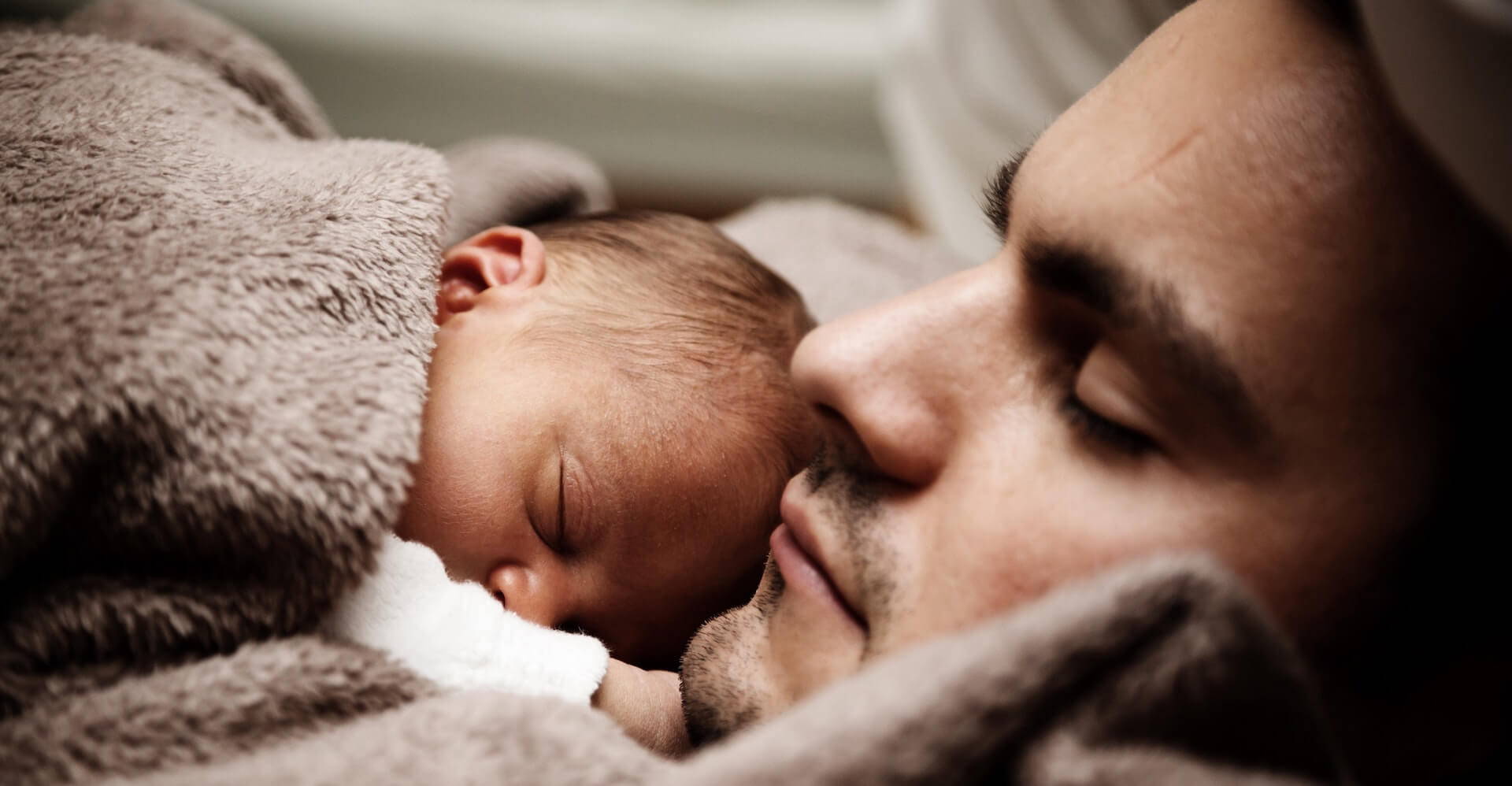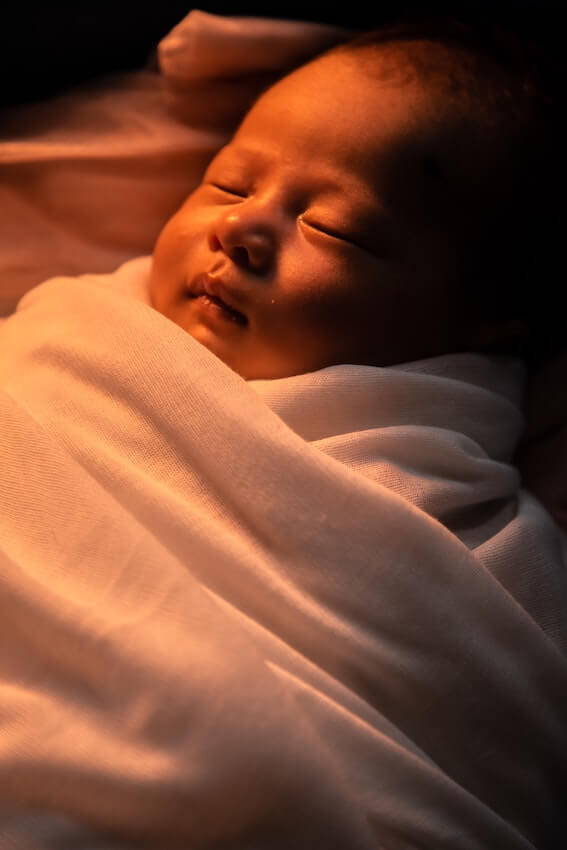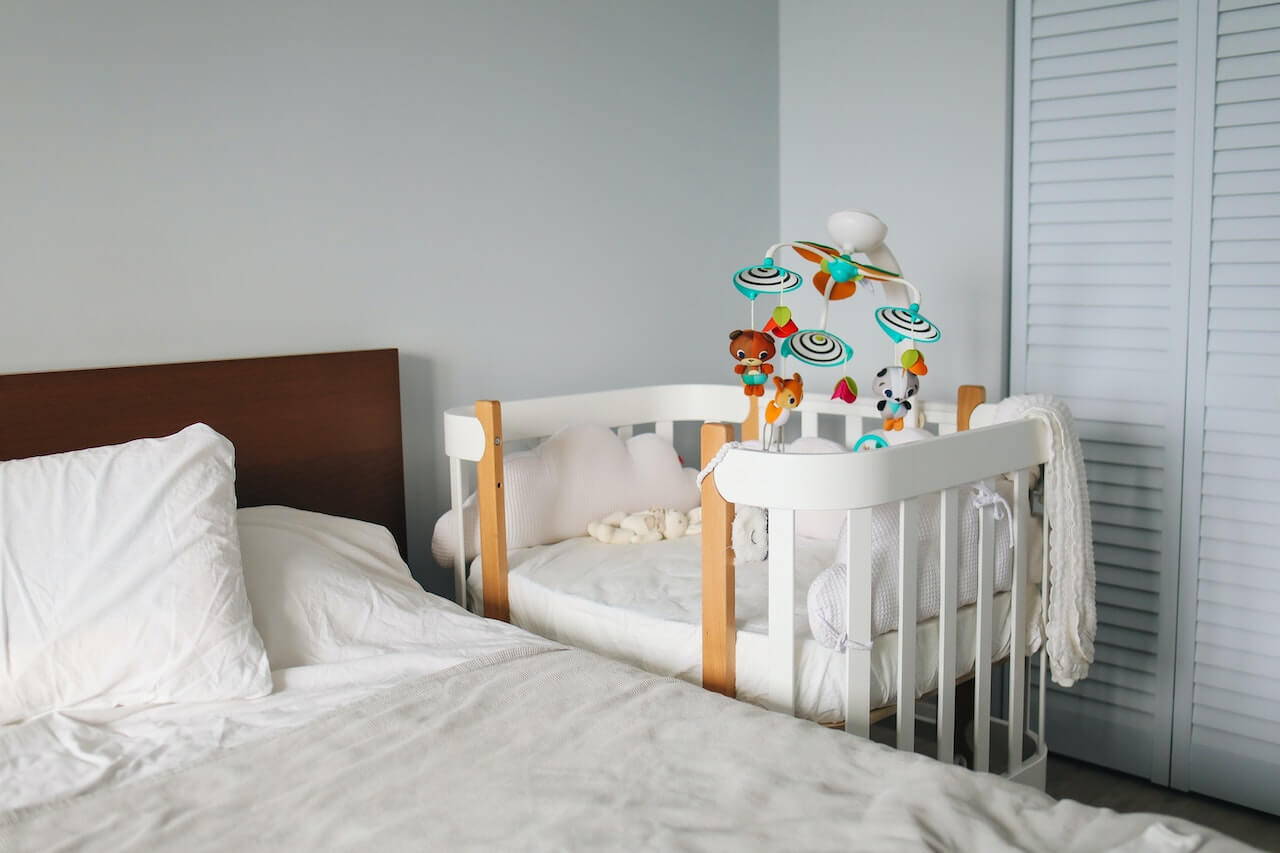EMMA
Jan 4, 2023
Making An Informed Choice: Co-Sleeping vs. Crib
As new parents, one of the biggest decisions you'll face is choosing the right sleeping arrangement for your baby. Should you opt for co-sleeping, or put your little one in a crib? The debate between co-sleeping and crib sleeping has been ongoing for years, with both options having their own set of benefits and drawbacks.
In this article, we aim to answer some of the most common questions about co-sleeping and crib sleeping to help guide you in making the right choice for your family.

A. Co-sleeping or crib: The benefits
Benefits of Co-Sleeping
Co-sleeping refers to the practice of sleeping in close proximity to your baby, often in the same bed. Some of the benefits of co-sleeping include:
• Improved bonding between parent and baby
• Increased ease of nighttime feedings
• Increased sense of security for both parent and baby
• Better sleep for both parent and babyBenefits of Crib Sleeping
On the other hand, some families prefer to place their baby in a crib for sleep. Some of the benefits of crib sleeping include:
• Encouragement of independent sleep habits for the baby
• More spacious sleeping area for the baby
• Reduced risk of accidental suffocation or injury during sleep
• Ability to place the crib in a separate room for more privacy and quiet.
It's important to note that co-sleeping and crib sleeping can both be safe and effective if proper precautions and guidelines are followed. It's also possible to incorporate elements of both options, such as using a co-sleeper bassinet or a sidecar crib that attaches to the bed, to find a solution that works best for you and your family.

(Who can say no to sleeping with their little angels in their arms? Apparently the AAP has a different opinion.)
“Co-sleeping increases the risk of sudden infant death syndrome and suffocation.”
B. Why some parents stand against bed-sharing?
The American Academy of Pediatrics (AAP) recommends against bed-sharing with infants. This is due to the increased risk of sudden infant death syndrome (SIDS) and suffocation. SID is the leading cause of death for infants 1 month to 1 year old and is often associated with bed-sharing. Infants can suffocate if they are placed face down in an adult bed, or if they become wedged between the mattress and the wall or bed frame.
There are also other factors that increase the risk of SID and suffocation in bed-sharing, including:
• Soft objects, such as loose bedding, pillows, or cushions, in the bed
• Infants sleeping on their stomach
• Adults who smoke or have consumed alcohol or drugs before sleeping
• Overheating of the infant due to excessive bedding or clothing
Given these risks, it's important to take all necessary precautions to ensure safe bed-sharing. If you choose to bed-share with your infant, be sure to follow the guidelines recommended by the AAP. This will help minimize the risk of SID and suffocation, and will allow you to bond with your baby while keeping them safe.
At what age is bed-sharing safe?
The American Academy of Pediatrics (AAP) recommends that newborns sleep in the same room as their parents, but not in the same bed. Bed-sharing, also known as co-sleeping, can increase the risk of sudden infant death syndrome (SID) for infants under 6 months of age.
Is Bed-Sharing Safe After 6 Months?
As a baby grows, their risk of sudden infant death syndrome (SID) decreases. According to the American Academy of Pediatrics (AAP), the risk of SID is much lower after 6 months of age. This means that bed-sharing may become a safer option for some families after this point.
However, it's important to note that the safety of bed-sharing should still be considered on a case-by-case basis. Factors such as the baby's size, weight, and movement during sleep can all impact the safety of bed-sharing.

C. What does safe bed-sharing look like?
Co-sleeping, also known as bed-sharing, can be a wonderful bonding experience for parents and their baby. However, it's important to ensure that the practice is safe for both you and your baby. That's why it's important to understand what safe bed-sharing looks like.
According to the American Academy of Pediatrics (AAP), the safest way to bed-share is to place your baby in a side sleeper bassinet, a sidecar crib, or a bedside sleeper. These options provide a separate sleeping area for your baby while still allowing you to be close to them.
A side sleeper bassinet, for example, is a small, portable bed that can be placed next to your own bed, providing easy access to your baby. The bassinet should have a firm, flat surface and should not have any loose bedding or soft objects that could suffocate your baby.
A sidecar crib is another option for safe bed-sharing. This type of crib is a separate sleeping area that attaches to one side of your bed. This allows you to be close to your baby while ensuring that they have their own sleeping area.
A bedside sleeper is a small, portable crib that can be placed next to your own bed. This option is ideal for families who want to be close to their baby but also want to ensure that they have their own sleeping area.

When considering safe bed-sharing, it's important to keep in mind that your baby should always sleep on their back, on a firm, flat surface. This helps to reduce the risk of sudden infant death syndrome (SID). Additionally, you should avoid placing soft objects, such as pillows or comforters, near your baby's face, as this can increase the risk of suffocation.
While it may be tempting to bring your baby into bed with you for those middle-of-the-night feedings or for snuggles, it's important to prioritize safety and follow the recommendations of the AAP for safe bed-sharing. With the right tools and a little planning, you can enjoy this special bonding experience with your baby while keeping them safe.
D. Conclusion
When it comes to deciding whether to co-sleep or use a crib for your baby, there is no one right answer. Both options have their own benefits and considerations. The choice between co-sleeping and crib sleeping is a personal one that each family must make based on their own needs and preferences. Whether you choose to co-sleep or use a crib, the most important thing is to make sure that your baby is safe and comfortable. By following the recommendations of the AAP, you can make the best decision for your family.
